How to Choose the Best Cycling Apparel for Comfort and Performance
4 May 2025
Cycling isn’t just about pedaling hard or having the lightest bike. What you wear plays a massive role in comfort, performance, and even safety. The right cycling apparel can make or break your ride, whether you're hitting the road for a long-distance adventure or just a quick spin around the block.
But with so many options out there, how do you pick the best gear? Let’s break it down and make sure you choose the right apparel to enhance your riding experience. 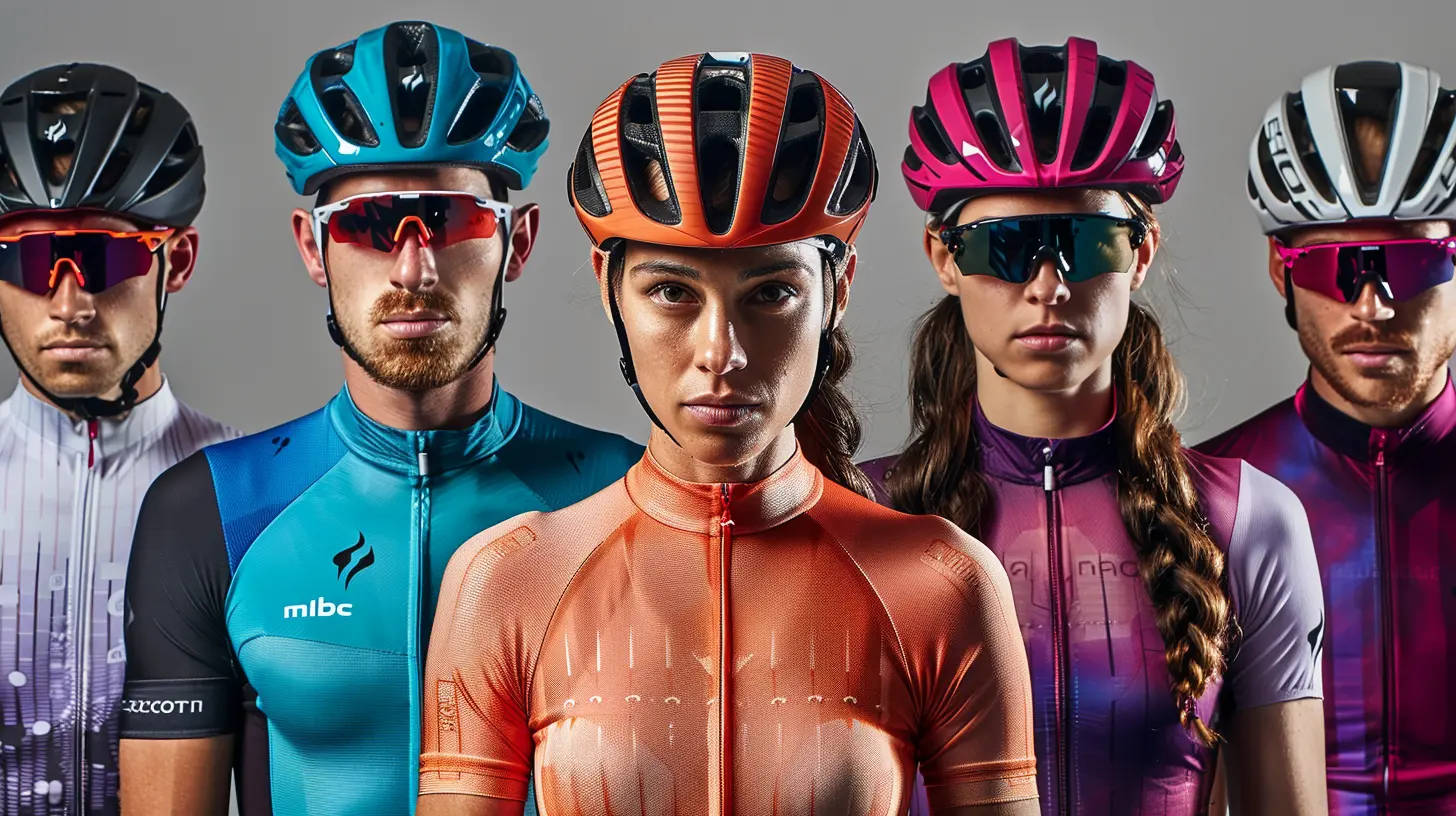
Why Cycling Apparel Matters
If you're new to cycling, you might think, “Can’t I just wear a t-shirt and shorts?” Well, you can—but you probably won’t enjoy your ride for long. Proper cycling apparel is designed specifically to improve aerodynamics, reduce friction, regulate body temperature, and keep you comfortable.Think of it this way: Would you wear jeans to run a marathon? Absolutely not! The same logic applies to cycling. The right gear makes all the difference. 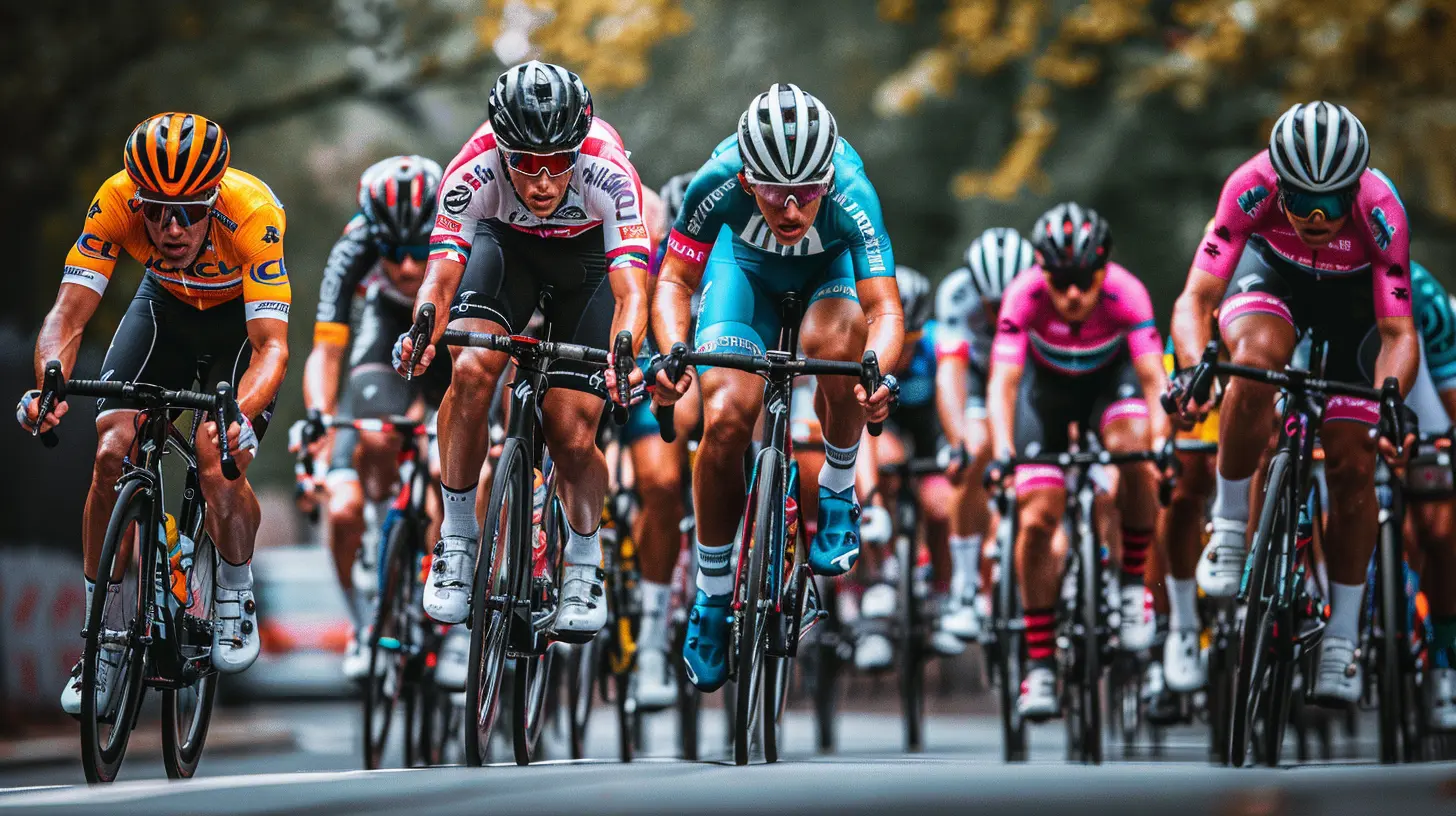
Key Factors to Consider When Choosing Cycling Apparel
1. Fit and Comfort
Fit is everything when it comes to cycling apparel. A baggy jersey flapping in the wind isn't just annoying—it actually creates drag, making you work harder than necessary. On the flip side, clothing that’s too tight can restrict movement and cause discomfort.For jerseys, aim for a snug but comfortable fit that doesn't bunch up or restrict movement. Cycling shorts should be tight enough to support your muscles but not so tight that they dig into your skin.
👉 Quick Tip: Try on different brands and styles before committing. What works for one cyclist may not work for another.
2. Material and Breathability
Cycling is a sweaty sport, and the last thing you want is a drenched, sticky jersey. The best cycling apparel is made from moisture-wicking fabrics that pull sweat away from your skin, keeping you dry and comfortable.Look for materials like:
✅ Polyester blends – lightweight and moisture-wicking
✅ Merino wool – great for temperature regulation and odor control
✅ Mesh panels – for added ventilation on hot days
High-quality materials don’t just keep you cool—they also help with durability. Cheap gear might feel fine at first, but after a few washes, it can lose its shape and effectiveness.
3. Padding (Chamois) in Cycling Shorts
If you’ve ever ridden without padded shorts, you know the pain that comes after a long ride. A well-designed chamois pad (the cushioning inside cycling shorts) provides comfort and reduces chafing.When choosing padded shorts:
- Look for multi-density padding to provide support where you need it most.
- Avoid overly thick pads, as they can bunch up and become uncomfortable.
- Consider seamless designs to prevent irritation.
👉 Pro Tip: Skip the underwear when wearing cycling shorts. The padding is designed to sit directly against your skin for maximum comfort and to prevent chafing.
4. Jersey Design and Functionality
A cycling jersey isn’t just about looking pro—it serves a functional purpose. The best jerseys are designed with aerodynamics, ventilation, and storage in mind.What to look for:
✅ Full or half zippers – for better ventilation control
✅ Back pockets – to carry essentials like snacks, tools, or your phone
✅ Reflective elements – for better visibility in low-light conditions
If you're a casual rider, a looser fit may work fine. But for long rides or races, a snug, aerodynamic fit will improve performance.
5. Weather Conditions and Layering
Mother Nature can be unpredictable, and being caught unprepared can turn a great ride into a miserable one. Choose your cycling apparel based on the weather conditions you’ll be riding in.- Hot Weather: Opt for lightweight, breathable fabrics with UV protection.
- Cold Weather: Layer up with thermal jerseys, windproof jackets, and full-length tights.
- Rainy Days: Invest in a waterproof cycling jacket and overshoes to keep dry.
Layering is key in cooler climates. A base layer wicks sweat away, a mid-layer provides insulation, and an outer layer protects against wind and rain.
6. Cycling Gloves for Comfort and Grip
Cycling gloves might seem like an optional accessory, but they’re actually essential. They improve grip, reduce hand fatigue, and provide padding to dampen road vibrations.You’ll find two main types:
- Fingerless gloves – ideal for warm weather and road cycling
- Full-finger gloves – better for cooler temperatures or mountain biking
A good pair of gloves can help prevent numbness and blisters, making your ride more enjoyable.
7. Cycling Shoes and Pedals
Proper cycling shoes provide better power transfer, meaning more of your energy goes into pedaling rather than being wasted.Cycling shoes come in different styles:
- Road cycling shoes – stiff soles for maximum power efficiency
- Mountain biking shoes – more flexible soles with grippy tread for off-road use
- Commuter shoes – a balance between comfort and performance
Clipless pedals (which actually clip in) help improve pedal efficiency and overall control. If you're nervous about clipping in, start with dual-sided pedals that allow for both clip-in riding and casual flat pedal use.
8. Socks and Accessories
Believe it or not, socks matter. Proper cycling socks are lightweight, moisture-wicking, and help prevent blisters.Other accessories to consider:
- Arm and leg warmers – great for changing temperatures
- Cycling caps – help wick sweat and provide sun protection
- Sunglasses – protect against wind, debris, and UV rays
These small details might not seem like much, but they add up to a more comfortable ride. 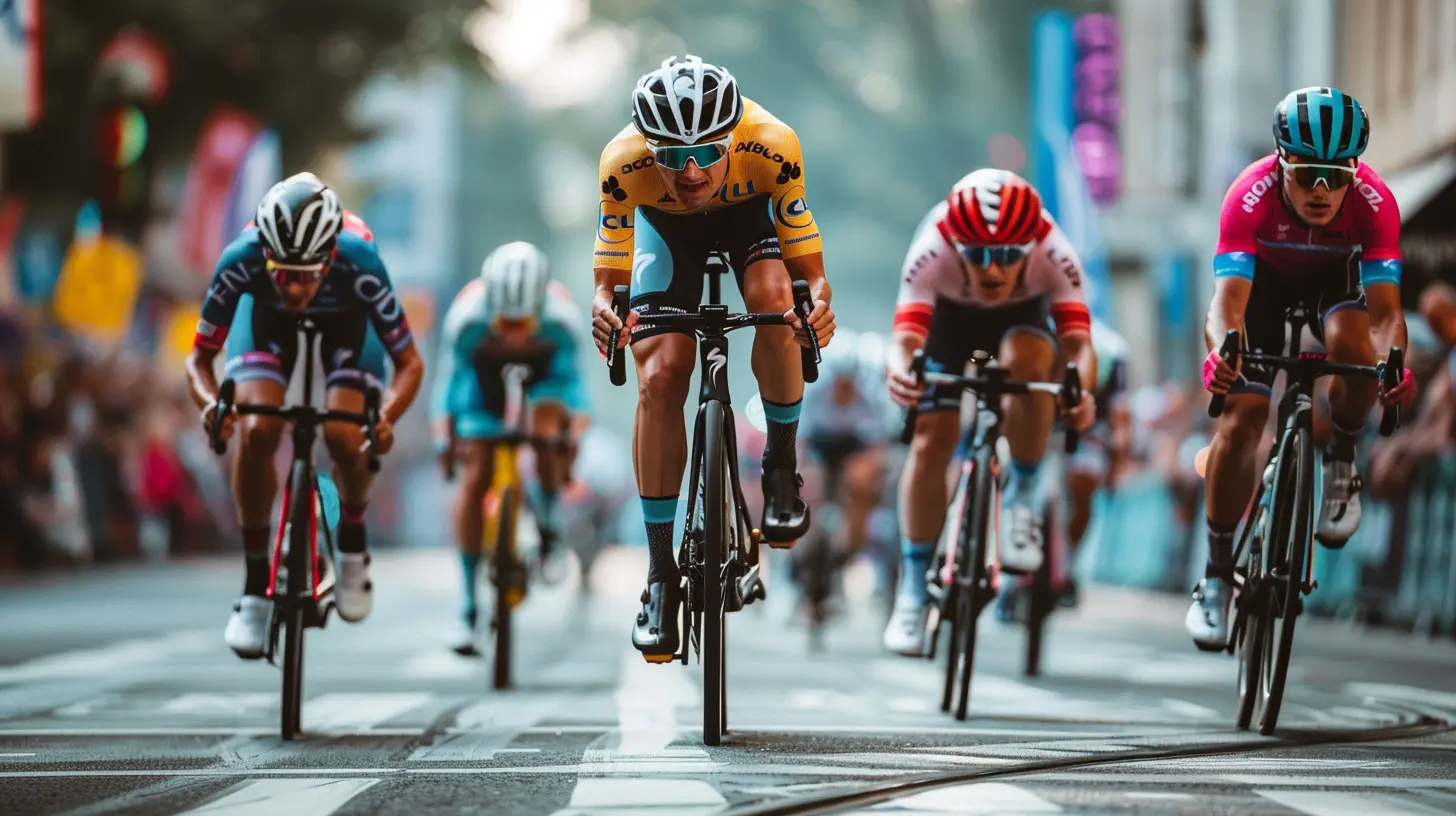
Common Mistakes to Avoid
Even experienced cyclists make mistakes when choosing apparel. Here are some common pitfalls to avoid:❌ Choosing cheap gear that wears out quickly – Invest in quality apparel that lasts.
❌ Ignoring weather conditions – Always dress appropriately for the climate.
❌ Wearing regular gym clothes – They lack the performance features needed for cycling.
❌ Not trying on different brands – Sizing varies, so always try before you buy. 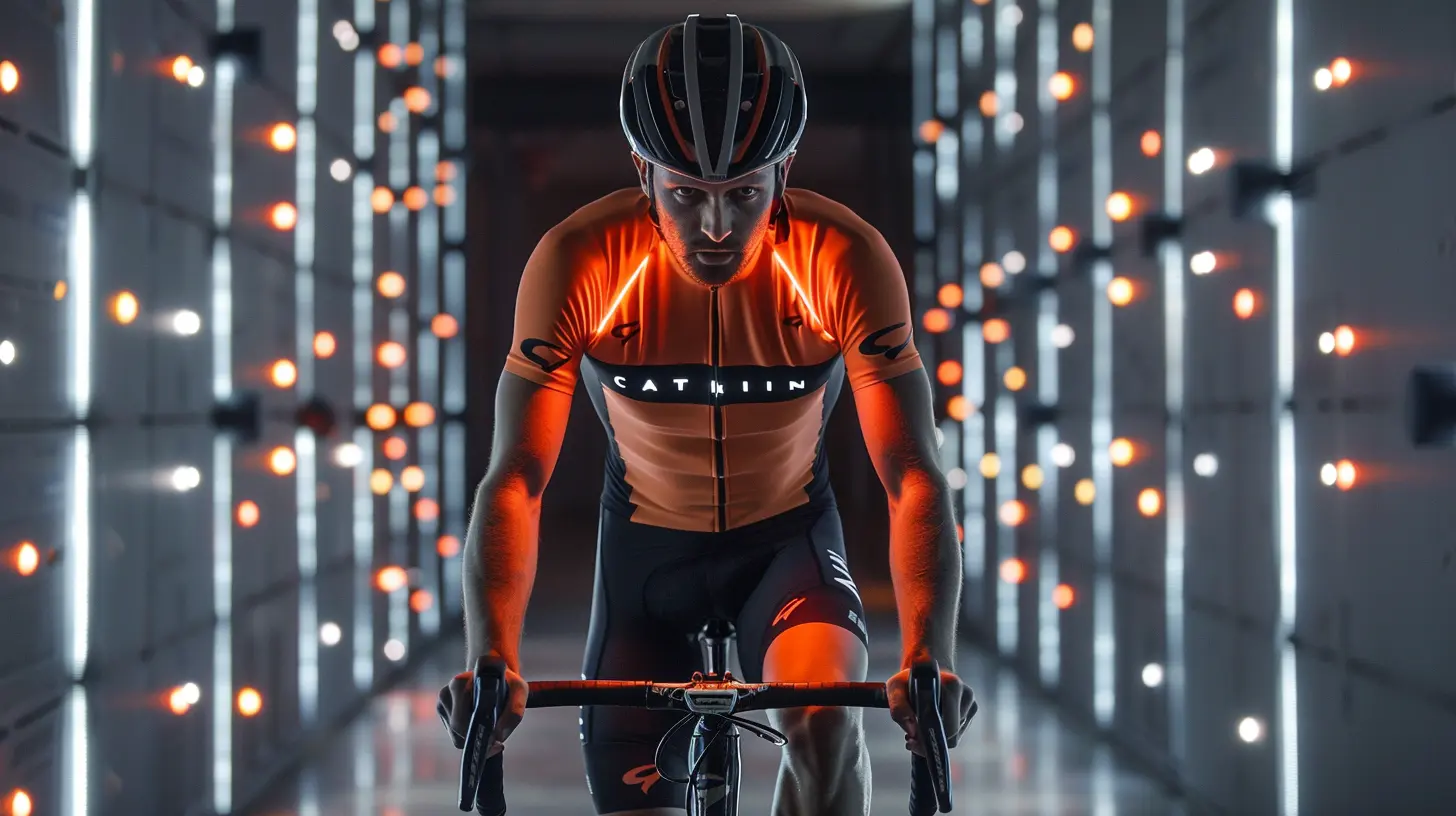
Final Thoughts
Finding the best cycling apparel isn't just about looking the part—it’s about maximizing comfort and performance on every ride. Investing in well-fitted, high-quality gear will not only improve your experience but also keep you riding longer and stronger.So, the next time you’re gearing up for a ride, ask yourself: Am I dressed for comfort and performance? If the answer is no, it might be time to upgrade your cycling wardrobe. Happy riding!
all images in this post were generated using AI tools
Category:
CyclingAuthor:

Everett Davis
Discussion
rate this article
7 comments
Hadley Mason
Great tips! Comfort really makes a difference during long rides.
May 13, 2025 at 3:43 AM

Everett Davis
Thank you! Absolutely, comfort is key for enjoying those long rides. Happy cycling!
Virginia Cantu
Great tips! Choosing the right cycling gear is essential for enjoying every ride. Happy cycling!
May 12, 2025 at 11:49 AM

Everett Davis
Thank you! I'm glad you found the tips helpful. Happy cycling to you too!
Adam Daniels
Great insights! Excited to discover how apparel impacts cycling experience!
May 10, 2025 at 3:10 AM

Everett Davis
Thank you! I'm glad you found it insightful—apparel can definitely enhance your cycling experience!
Sabina Bell
Great tips for cycling comfort and performance!
May 8, 2025 at 12:52 PM

Everett Davis
Thank you! I'm glad you found the tips helpful for enhancing your cycling experience!
Hunter Lamb
Choosing the right cycling apparel can elevate your ride to new heights! Comfort and performance go hand in hand, ensuring you can focus on enjoying the journey. Invest in quality gear, embrace the ride, and feel the freedom that comes with every pedal stroke. Adventure awaits! 🚴♂️✨
May 7, 2025 at 8:58 PM

Everett Davis
Absolutely! The right cycling apparel enhances comfort and boosts performance, letting you fully enjoy your ride. Invest wisely and embrace every adventure! 🚴♂️✨
Maxwell Walker
Prioritize fit and fabric—essential for optimal cycling experience.
May 7, 2025 at 5:00 AM

Everett Davis
Absolutely! The right fit and quality fabric are crucial for comfort and performance while cycling.
Lincoln McDowell
Great tips! Comfort and fit are key in cycling apparel. Always prioritize quality materials to enhance both performance and enjoyment on rides.
May 6, 2025 at 2:32 AM

Everett Davis
Thank you! Absolutely, prioritizing comfort and quality materials is essential for an enjoyable cycling experience. Happy riding!
MORE POSTS

What Makes a Successful College Sports Program?
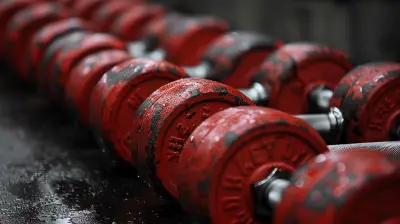
The Importance of Rest and Recovery in Strength Training Success

The Impact of Youth Academies on Professional Soccer’s Future Stars

Breaking Down the Free Agent Signings That Could Make or Break Teams
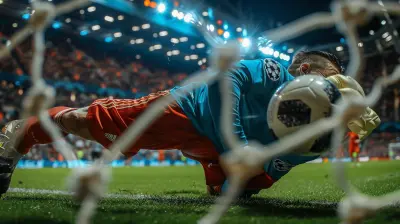
A Masterclass in Finishing: Precision in Front of Goal

The Emotional Impact of Sports Movies: Why We Root for the Underdog